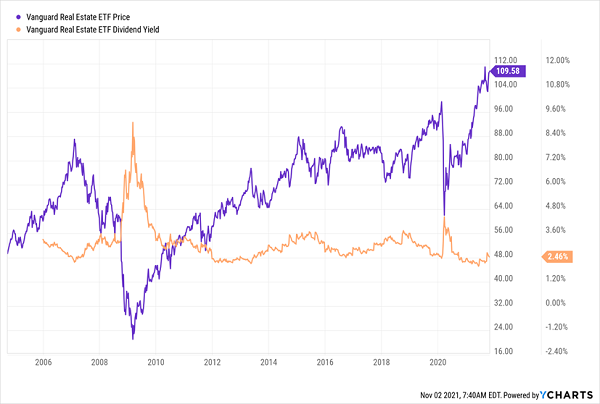How to Work Today’s Inflation Fears for 6%+ Dividends and Big Upside
Michael Foster, Investment StrategistUpdated: November 18, 2021
I’m hearing from a lot of CEF Insider members who are worried about inflation these days, and there’s a good reason why: consumer prices raced up 6.2% in October from a year ago!
The good news is that we’ve got an easy setup that lets us work inflation fears to our advantage, grabbing ourselves bigger dividends, and bigger price upside, as we do. All we have to do is buy stock-focused closed-end funds (CEFs) on dips when inflation reports come out.
(Below we’ll discuss two CEFs you can target on these dips. They’re built to protect your portfolio—and your dividends!—if inflation proves more than transitory.… Read more


